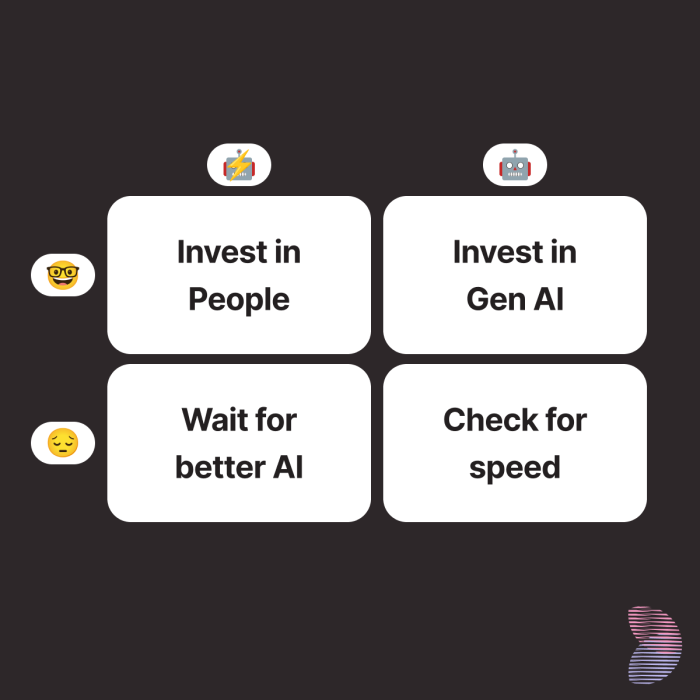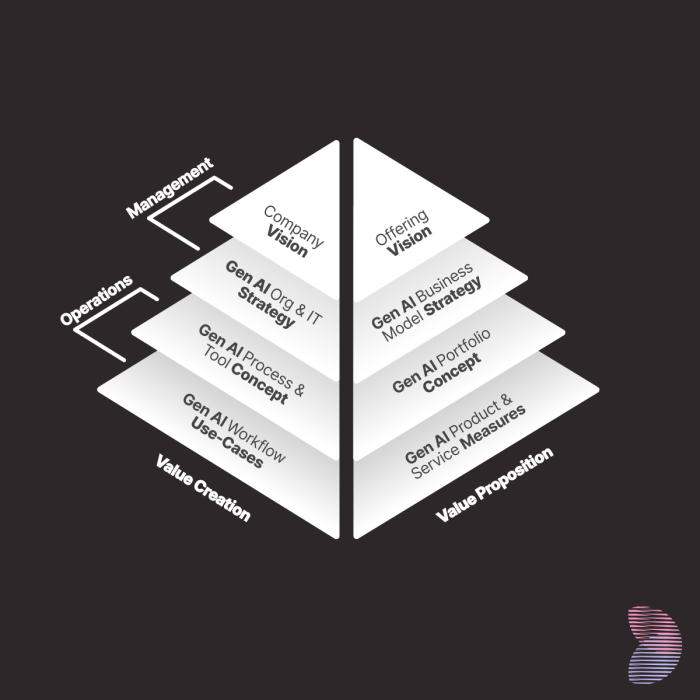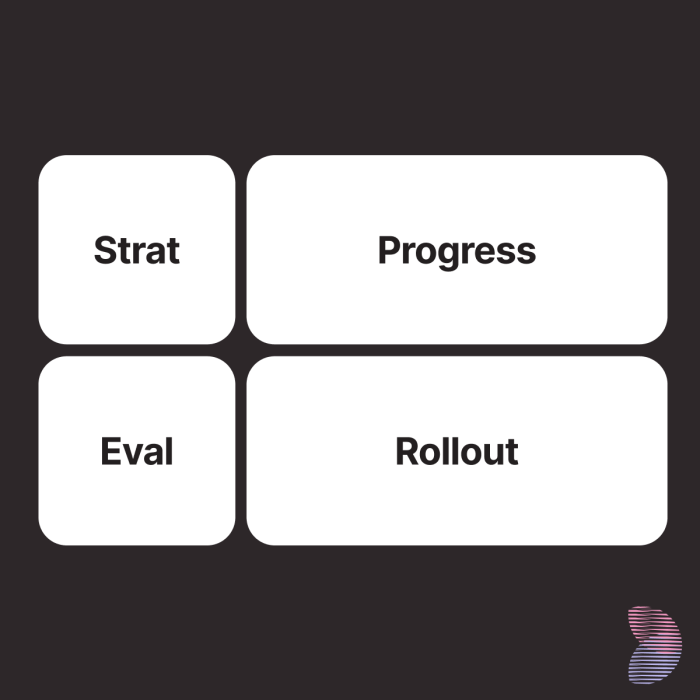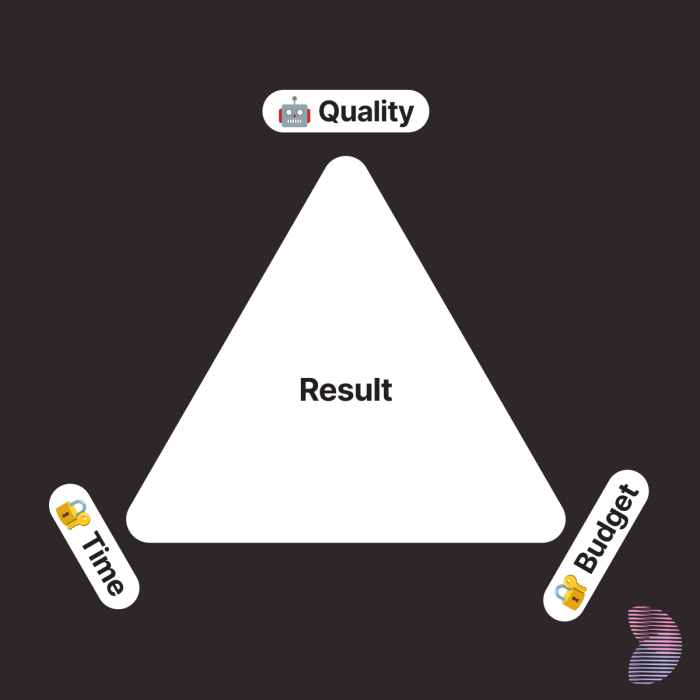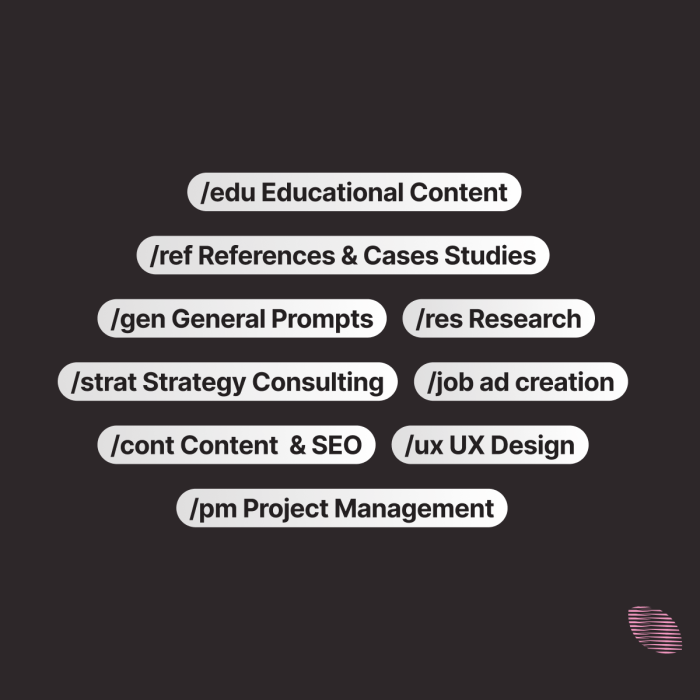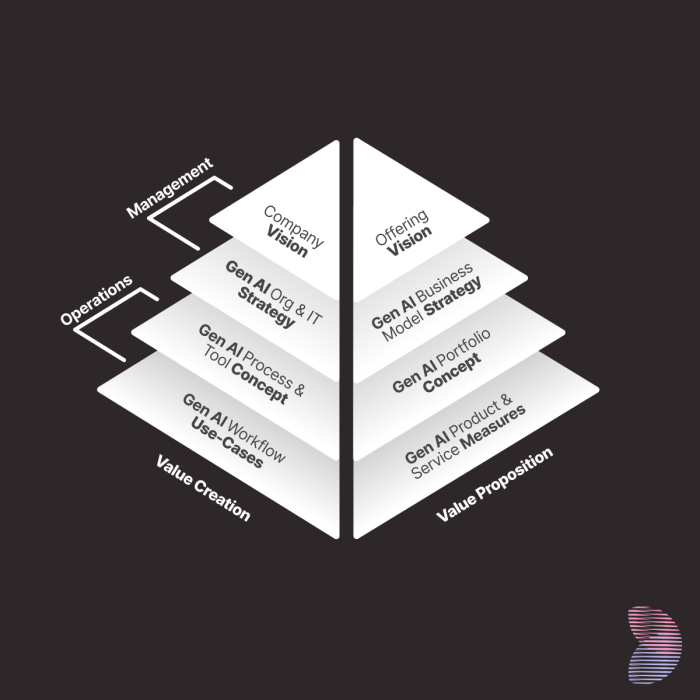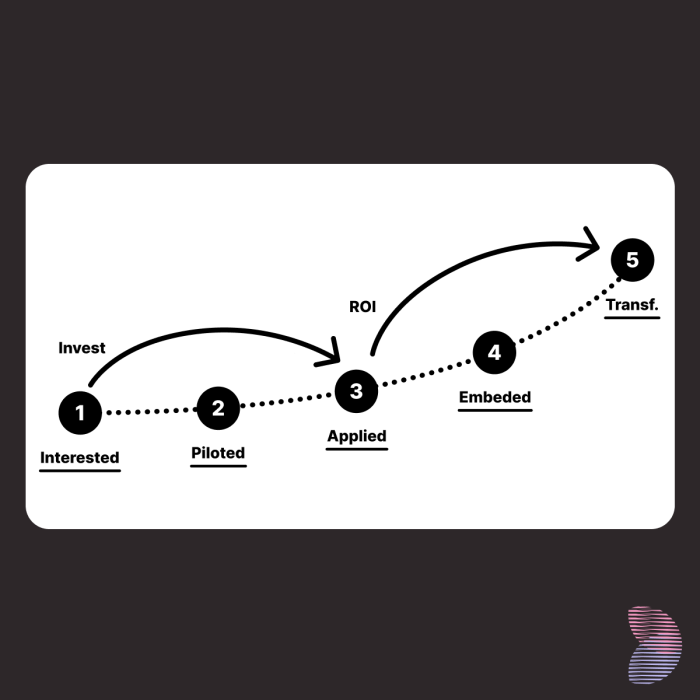A Strategy Model Makes AI Management a Breeze
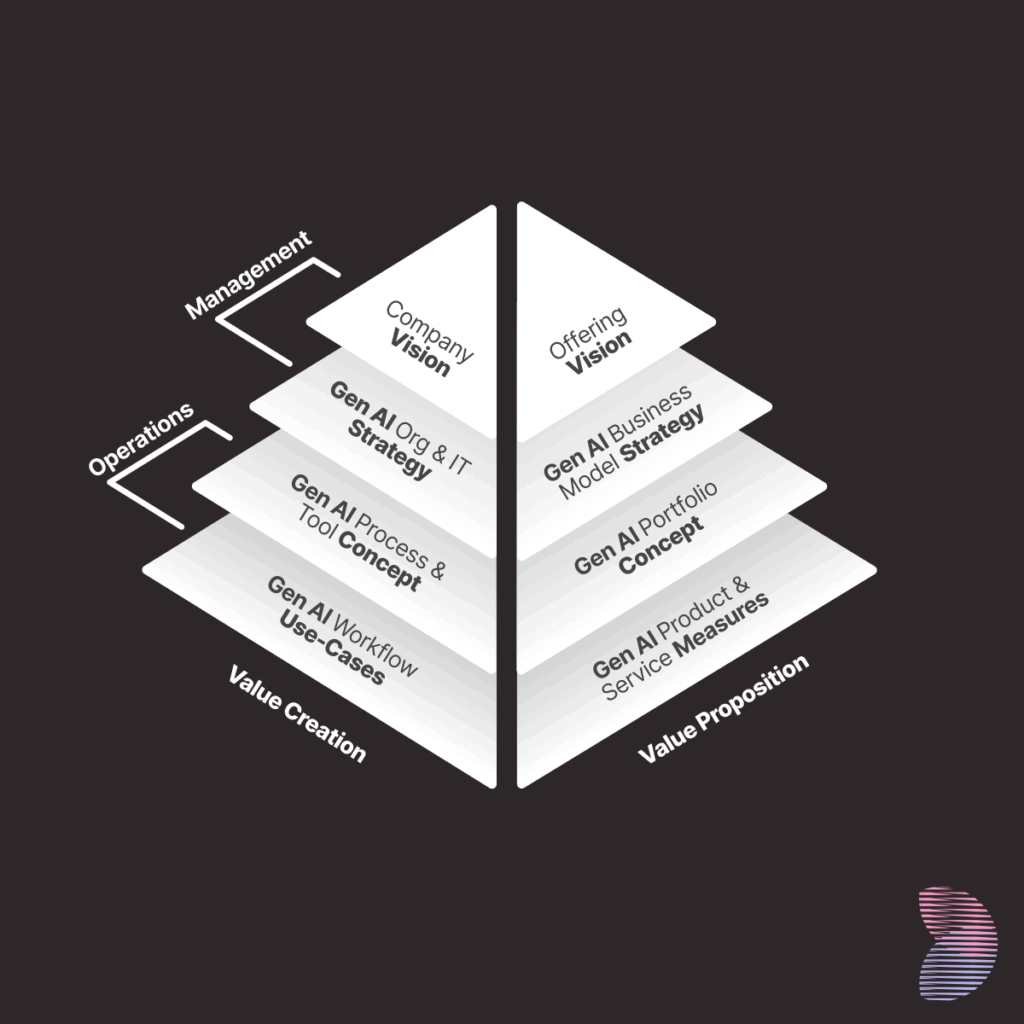
So here’s the thing – I’ve been working with companies on AI adoption for a while now, and I keep seeing the same pattern. Everyone wants to jump into AI, but nobody really knows where to start or how to actually manage it properly within their organization.
That’s why I want to talk about this strategy model today. It’s basically a framework that helps you think systematically about AI implementation – and trust me, you’re going to need this kind of structure.

Quick Background
on Why This Matters
The thing is, most companies I work with initially think about AI in completely the wrong way. They immediately jump to „Oh, we need a chatbot on our website“ or „Let’s build some AI feature for our customers.“ But actually, that’s putting the cart before the horse.
What I’ve learned – and this is something I always tell my clients – is that AI adoption needs to be tied directly to your business goals and organizational structure. You can’t just throw AI at random problems and hope something sticks.
How It Actually Works
So let me walk you through this model. It’s built on two axes, each with two areas:
Value Creation
vs. Value Proposition
Value Creation (Internal Stuff) vs. Value Proposition (What You Offer Customers)
This distinction is super important, and here’s why: Companies often think exclusively about AI in the context of new website features or products. But meanwhile, their internal knowledge work processes are running incredibly inefficiently and slowly.
The differentiation between internal employee use cases and external customer-facing applications is crucial because you need completely different approaches for implementation. These two extremes are related, sure – a changed portfolio also means changed internal processes – but they come with totally different argumentation strategies and implementation considerations.
Operations
vs. Management
Operations (Process & Implementation) vs. Management (Decision & Direction)
This helps you differentiate between strategic, directional decisions and the actual implementation of those decisions into concrete results. In many companies I consult with, these levels get mixed up, which can lead to unintended changes in company direction that can quickly put the business in economic trouble.
The Four Quadrants

From these two axes, we get four quadrants:
- Organizational Management (Value Creation x Management)
This is about deriving AI measures for IT infrastructure and organizational structure based on your existing organizational vision. We’re talking about changed hierarchies, adjusting business units, building new teams or roles, and changes to IT architecture and hardware. - Internal Process Implementation (Value Creation x Operations)
This focuses on translating strategic decisions into AI tool selection and AI measures to change and improve existing processes or build new ones. This includes targeted pilot projects, employee workshops, procuring AI tools, training programs for staff, and similar initiatives. - Business Model Management (Value Proposition x Management)
This deals with AI measures that involve validating or establishing new or changed business models derived from your business vision. Think competitive analyses, business ventures, testing new offering formats, and much more. - Portfolio Implementation (Value Proposition x Operations)
This is about deriving AI measures to implement your business model and strategy, integrating necessary AI offerings, features, or services firmly into your portfolio to improve or underpin your market position.

My Recommendation:
Start Internal
Here’s what I typically recommend to most companies I work with – and this might surprise you – start with internal AI applications.
Why? – Well, first off, using AI in internal processes carries fewer risks because the applications are tested by a limited user group and you get quick feedback. This enables precise use cases, clear boundaries, and comparison possibilities.
But more importantly, companies and employees gain deep intuitive understanding of the capabilities, challenges, and limitations of current AI models and tools through direct use. Plus, the impact on the business is easier to measure with internal activities – whether in terms of speed, quality, or cost reduction.
In contrast, the impact of AI features in external products is often hard to assess and requires high initial investments. That’s why I advocate for focusing on the „Internal Process Implementation“ quadrant in most cases.
The Bottom Line
Look, this model isn’t just some theoretical framework. It’s a practical tool that helps you avoid the typical mistakes I see companies make when they’re trying to figure out AI adoption.
The key thing is that it forces you to think systematically about where AI fits in your organization and what you’re actually trying to achieve. Too many companies just start experimenting without any clear direction, and then they wonder why their AI initiatives don’t deliver results.
By using this model, you can focus your resources, measure your impact more effectively, and actually build sustainable AI capabilities that align with your business goals. And that’s exactly where AI management belongs – not as some separate initiative, but as an integral part of your business strategy.
That’s the approach I take with all my clients, and it’s consistently delivered better results than the scattered, unfocused approach most companies start with.
